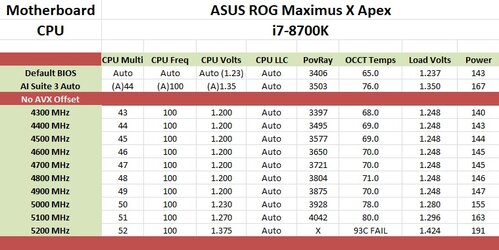- Joined
- Jun 6, 2002
I feel amd lost a bit in the DIY market with the ryzen 3 2200GE and the ryzen 5 2400GE. with prices in line say $130 to $150 for the 2200GE and around $200 for the 2400GE. both cpus i would go after for a low power/TDP cpu for a stock computer. low power usage, low noise, a strong on die gpu vs intels iris 650, as seen below.
Intel Iris 650 vs Vega 8
Intel Iris 650 vs Vega 11
i really wish i knew why they were not released retail. i did find oem cpus on ebay in the UK and the 2200GE is $160ish not far off from what i would expect to pay for a 35watt quad core with vega 8. the 2400GE they have listed as well is a bit more then i would think it is worth retail at $230ish, another 35watt quad core, higher clock speed, and vega 11. i will say im not shocked at the performance difference of amd's vega's vs intels iris 650. the only thing i cant figure out is why, when it comes to 4k disc playback on your pc only the intel is able to play that back.
What are the minimum system requirements for Ultra HD Blu-ray movie playback?
also came across this, find it interesting they are showing more vega's in the line up, wonder if those are on die or stand alone.
https://www.notebookcheck.net/Vega-...cs-650-vs-Vega-8_8470_7655_8144.247598.0.html
i am thinking vega 3/6/10 are on die vs stand alone but at this point who knows. NV low end cards now cost $100 which wasnt the case not that long ago, the GT1030@$80is to $100+ not worth it vs going GTX1050. if amd had some kind of low end card now even based of the vega 3/6/8/10/11 they would have a pretty good winner on their hands but for some it would make no sense. as if they had a amd cpu the on board would be just as fast or not much slower, depending on stand alone card specs.
Intel Iris 650 vs Vega 8
Intel Iris 650 vs Vega 11
i really wish i knew why they were not released retail. i did find oem cpus on ebay in the UK and the 2200GE is $160ish not far off from what i would expect to pay for a 35watt quad core with vega 8. the 2400GE they have listed as well is a bit more then i would think it is worth retail at $230ish, another 35watt quad core, higher clock speed, and vega 11. i will say im not shocked at the performance difference of amd's vega's vs intels iris 650. the only thing i cant figure out is why, when it comes to 4k disc playback on your pc only the intel is able to play that back.
What are the minimum system requirements for Ultra HD Blu-ray movie playback?
also came across this, find it interesting they are showing more vega's in the line up, wonder if those are on die or stand alone.
https://www.notebookcheck.net/Vega-...cs-650-vs-Vega-8_8470_7655_8144.247598.0.html
i am thinking vega 3/6/10 are on die vs stand alone but at this point who knows. NV low end cards now cost $100 which wasnt the case not that long ago, the GT1030@$80is to $100+ not worth it vs going GTX1050. if amd had some kind of low end card now even based of the vega 3/6/8/10/11 they would have a pretty good winner on their hands but for some it would make no sense. as if they had a amd cpu the on board would be just as fast or not much slower, depending on stand alone card specs.
